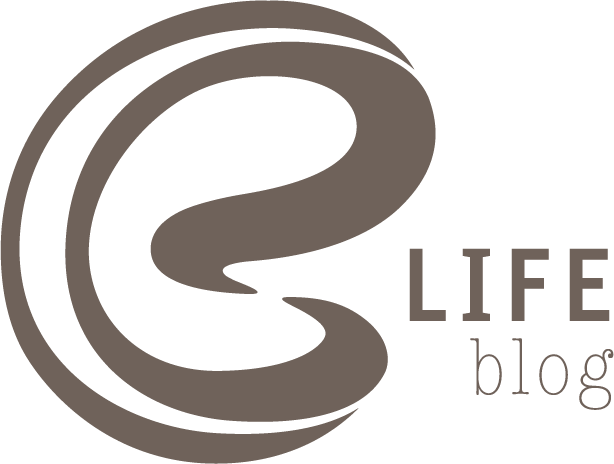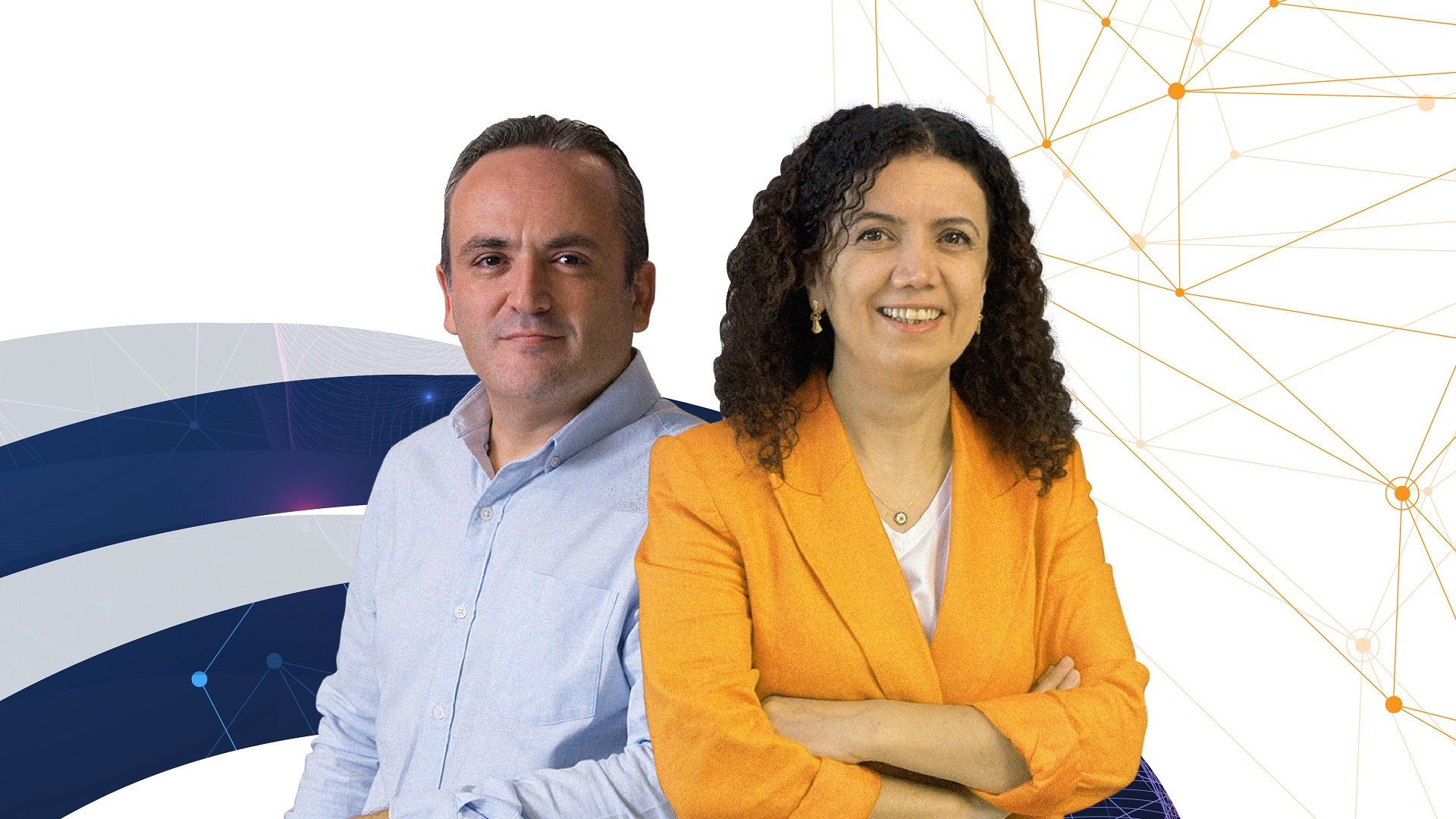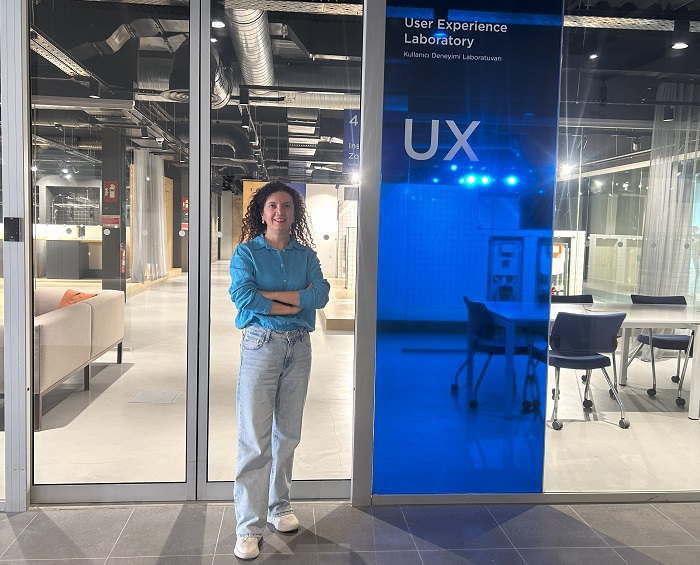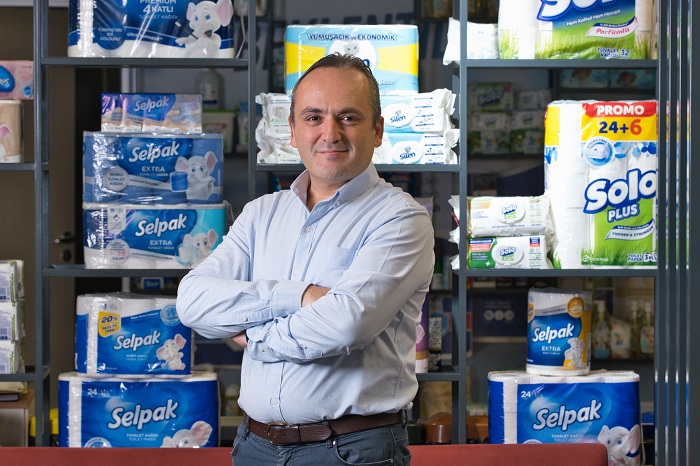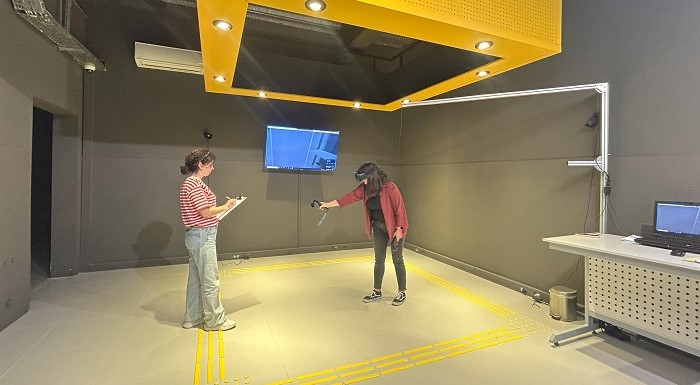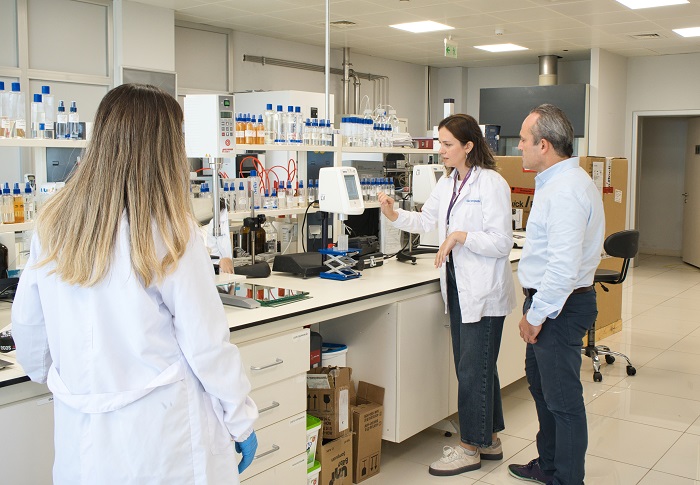User experience today goes far beyond product design. It’s now a compass guiding the evolution of products, services, and ideas. Understanding what users need, how they feel, and where they hesitate has become one of the most critical steps in the innovation process. While this understanding may take different forms across sectors, it all comes down to the same fundamental question: What does the user feel and need?
In healthcare, trust and hygiene take the spotlight. In bathroom design, the balance between aesthetics and ergonomics matters most. Despite these differences, there’s one shared truth: Without signals from the user, developing sustainable ideas is far more difficult.
For this edition of Eczacıbaşı Life Blog, we spoke with Seyhan Çiçek, R&D Chief Engineer at Eczacıbaşı Building Products, and Burak Saka, R&D Manager at Sanipak. Together, we explored how the ways we understand users are evolving, how these approaches vary by sector and culture, the role of technology in this transformation, and what kind of user world we may encounter in the future.
What does “user experience” mean to you today, and what is its role in innovation processes?
Seyhan Çiçek: We no longer define user experience merely on the basis of product functionality. We now consider the entire journey a person has with a product. Ergonomics, sustainability, behavioral data, emotional design are all integral parts of what user experience means to us.
A decade ago, user experience was more about answering the question "Does the product work? Can the user complete the task?" Today, the real value lies in focusing not only on what users say but on how they actually behave. The gap between expressed needs and real-world behavior is one of the most critical inputs in the design process.
At Eczacıbaşı Building Products, the first step we took in this transformation was establishing the Ergonomics Unit. Today, in the User Experience Unit, we adopt a much broader approach through behavioral data analysis, VR simulations, and multidisciplinary methods. Since launching our User Experience Laboratory in 2021, we’ve conducted tests based on real usage scenarios, developing our products through direct interaction with users.
The touchless toilet products we developed during the pandemic is a good example of our broader approach. Initially, we designed the lid to close automatically during flushing and reopen when the next user arrived. However, user feedback revealed that people wanted to see whether the toilet had been properly cleaned by the flushing action. Based on this insight, we revised the design accordingly. We also readjusted the water flow level of the internal bidet in response to user input.
To me, the most effective starting point in any innovation process is understanding the user. Without understanding real needs, behaviors, and experiences, even the most advanced technological solution can’t create lasting value. But that doesn’t mean ignoring technology. The real issue is being able to merge user insight with scientific knowledge and technological capability. That’s where true innovation begins.
Burak Saka: At Sanipak, one of our core mottos is "growth through innovation," and that reflects an approach grounded in user experience. Ten years ago, user experience mostly referred to whether a product fulfilled its basic functions. Today, we evaluate it through a much broader lens. We strive to understand a wide range of factors, from the emotional reasons behind the need for a product to the bond established between the user and the brand. Every factor that influences a repurchase decision has now become part of the user experience.
In the past, for example, the user experience of Uni Baby wet wipes focused on fundamental qualities like skin compatibility and cleaning performance. Today, issues such as environmental impact and social benefit carry just as much weight. Users want to feel the satisfaction of doing something good for the world, and they take this feeling into account when making purchasing decisions.
That is exactly where innovation begins. Discovering the problems that users experience but have not yet expressed or are not even aware of is the real trigger for innovation. Sometimes asking the right questions is harder than finding the solution. We often ask ourselves, "Does this product really need to stay the way it is today?" That kind of inquiry provides an important foundation for imagining new ingredients, new formats, and new delivery methods.
Of course, technology is another major driver of innovation. Advances in other sectors often influence personal care and hygiene products. Aerosol systems or manufacturing technologies that originated in textiles are examples of this transformation. But innovation is not just about the idea. It’s also shaped by production and logistics. That’s why efficiency-focused solutions within the factory are just as critical as initial product ideas.
How do sectoral and cultural differences shape the process of understanding users? How do the methods you use and the insights you gain vary?
Seyhan Çiçek: No matter the sector, the ultimate goal remains the same — to observe users’ real behaviors and translate them into meaningful insights. But the paths to that goal change depending on the field you're working in.
In areas like hygiene and healthcare, hygiene standards are especially prominent. That’s why on-site observations and long-term user experience studies play a major role. In architecture, what stands out is the relationship between people and physical space. Bathrooms, for example, are unique environments where privacy, hygiene, safety, and comfort all converge. To understand how users interact with products in these spaces, we track movement flows, create different user scenarios based on age groups, and analyze storage needs. This allows us to design not only aesthetically pleasing solutions but also truly functional products that make people’s lives easier.
In digital domains, different tools come into play. Usability testing, instant feedback, and data analytics provide a much deeper understanding of user behavior.
Even though the methods change, one truth remains — if you cannot truly understand your user, it’s nearly impossible to create the right solution. Products rooted in contextual understanding last longer and have more impact, no matter the industry.
Cultural differences also directly influence the user experience. One of the most striking examples is the use of bidets. In some cultures, the bidet is a non-negotiable part of the bathroom experience. In Europe, however, it’s still uncommon and not widely accepted. This difference impacts not only product functionality but also bathroom layout and usage scenarios.
For example, in Türkiye and the Middle East, a toilet without a bidet function is often seen as incomplete. In Europe, on the other hand, users prioritize aesthetic design and ease of cleaning. At VitrA, we take these differing expectations into account by developing both bidet and non-bidet product options. This approach allows us to respond to culturally specific needs rather than offering a one-size-fits-all solution. In doing so, we create real value by delivering user-centered designs across various geographies under one brand.
Burak Saka: As Seyhan mentioned, while the sectors may differ, the starting point in trying to understand users is often the same — identifying the true motivations behind their behaviors.
In personal care and hygiene products, those motivations are often rooted in emotional benefits. The desire to feel good, changes in daily routines, seasonal trends, and even social concerns all play a role. This means that we work with more personal and emotionally driven data sets when collecting insights.
Cultural differences, meanwhile, are not just about geography. Socioeconomic structures, traditions, and value systems also significantly influence user insights. We observed this very clearly during a recent round of home visits in Morocco.
In Türkiye, surface cleaning wipes are generally associated with light and refreshing scents, with practicality and a sense of cleanliness being top priorities. In Morocco, however, hygiene takes precedence, and more intense, long-lasting scents — especially notes like agarwood and amber — are strongly preferred. The same product category takes on completely different meanings and expectations.
We also see a similar shift in Northern Europe, where users prioritize natural ingredients and eco-friendly formulas. Sustainability is a guiding factor at every step, from packaging preferences to ingredient choices.
What role does user insight play in Eczacıbaşı’s R&D and innovation approach? How do you connect these insights with technical teams, and how is that bridge built?
Seyhan Çiçek: At Eczacıbaşı, user insight is at the heart of the innovation process. We do not view innovation as simply introducing new technologies but rather as creating solutions that transform people’s everyday habits for the benefit of everyone. This philosophy lies at the core of Eczacıbaşı’s innovation approach.
When we begin a new project, the first thing we do is observe the user — in the field, at home, or in experimental spaces. We try to understand how people interact with our products. This process involves not just internal teams but also the agencies, research firms, and marketing departments we collaborate with. The data we gather helps us grasp both market trends and user expectations.
But we don’t stop with the collection of insight. We regularly bring together our R&D, design, and engineering teams to analyze the data collectively. In doing so, we improve not just the technical performance of a product but the user experience as well.
One of the best examples of this process is our faucet designs. Users experienced issues with the initial models we launched before we started user testing, like hitting their hands on the basin or splashing water on themselves while washing their hands. Through testing, we identified these issues and revised our faucets’ height, flow angle, and overall design. The final versions now offer a much more comfortable experience.
In short, the insight we gather from users is translated into meaningful design, backed by technical refinement in R&D. The resulting product is not only innovative but also genuinely useful.
Burak Saka: At Sanipak, every new product idea begins with user insight. To uncover these insights, we work closely with marketing, R&D, research companies, and creative agencies.
We use a wide variety of methods to gather data from users — product concept evaluation sessions, in-depth surveys, home visits, field observations, call center records, and social media feedback, to name a few. Recently, we also integrated AI-supported analysis tools into the process. For example, we used generative AI tools during the concept development phase of our latest wet wipe launch, and we believe it will lead to highly successful results.
These insights help us identify core needs, which in turn shape the product content and features that will address those needs.
We then translate all of this information into a detailed product brief that defines the formula, performance goals, technical specifications, and target cost. Based on this brief, prototypes are developed and then tested again with users.
In other words, user insight isn’t just a starting idea, it’s the driving force behind the entire product development journey, from concept to launch.
Could you share an example where user insight made a significant difference, influenced direction, or shaped decisions within Eczacıbaşı?
Seyhan Çiçek: One of the most tangible examples where user insight truly made a difference was VitrA’s Sento Kids Series. During our research, we directly observed the challenges children faced while using bathroom products. In particular, the height of sinks and toilets weren’t suitable for young children's physical proportions, which made it difficult for them to act independently and negatively impacted their hygiene habits.
Based on these observations, we designed new heights and forms tailored to children’s physical proportions. We worked closely with our R&D and design teams, prioritizing safety and durability. The final products offered an ergonomic and enjoyable experience that children could confidently use on their own.
But what truly made this process a “best practice” was not thinking for children, but thinking with them. We experienced this directly during our tests at preschools. For instance, in one prototype test, we noticed that nearly every child instinctively reached for support on the sides while sitting on the toilet. This behavior was consistent across nearly all children aged 3 to 6. They were looking for a sense of safety. This observation pointed us toward a need for support features in the design.
After recognizing this, we added grip areas to the sides of the toilet seat. The result was a product that responded not only to ergonomic needs but also to children's habits and emotional comfort, integrating seamlessly into their daily lives.
Burak Saka: During the pandemic, the need for hygiene skyrocketed, and cologne became part of almost everyone’s daily routine. At that time, we noticed a very clear user insight through social media feedback: excessive use of cologne was causing dry skin complaints. In response, we developed Selin Moisturizing Cologne — one of our first answers to the emerging need for “gentle hygiene.” It was a great example of quickly capturing insight and rapidly translating it into a product.
Another example started with a very different problem but led us to an entirely new solution. We initially developed our Aquablock product to prevent fogging and streaks on glass surfaces in bathrooms. However, during user interviews and field testing, we discovered an unexpected need: motorcyclists were experiencing visibility loss on their helmet visors, especially in rainy weather. Our product proved to be effective in that context as well. We expanded its scope and adapted it to a completely different use case.
Both of these examples show us one thing clearly: When you start asking the right questions about user experience, you don’t just come up with better solutions, you also uncover new use cases and ideas you hadn’t imagined before.
What does the user of the future look like, and how do you think we will measure the success of innovation?
Seyhan Çiçek: Looking ahead, we no longer see the user as a passive consumer but as an active partner in the process. A product’s success isn’t only about technical performance, it’s also the emotional bond it builds, the meaning it adds, and the value it creates. This means that in addition to behaviors, emotions, context, and intent are essential inputs in innovation processes.
This perspective is transforming the methods we use in innovation projects. New observation techniques, experiential testing, and interdisciplinary collaboration are increasingly important for uncovering users’ unmet or invisible needs.
When we think about the bathroom environment, the user of the future is not just looking for aesthetics and functionality. They expect a seamless experience integrated with advanced technology and smart systems. Smart shower systems, personalized temperature and pressure controls, health-monitoring sensors, and AR-supported design solutions are just a few examples of what this new user profile will expect.
Artificial intelligence is also becoming an integral part of this process. Data on water consumption, temperature preferences, daily routines, or air quality can be analyzed through AI algorithms. The result will be personalized recommendations and an ever-evolving user experience. For example, shower temperature could be adjusted to a person’s health condition, and lighting and sound could automatically adapt to moods. This way, the bathroom will transform from a simple space for hygiene into a smart living environment that responds to both physical and emotional needs.
In short, users will play a leading role in shaping the future of innovation. And that drives us to create not only easy-to-use products but also solutions that emotionally connect with people and enhance their lives.
Burak Saka: Looking to the future, one of the most defining factors in innovation projects will be the rising environmental concerns alongside advancing technologies. Environmental pollution and global warming have reached a point where they can no longer be ignored. Today’s users evaluate products not only based on performance but also on whether they contribute positively to society and the planet. This evaluation extends all the way to the production process: material selection, packaging choices, and carbon footprint during logistics. All of these elements now carry weight in decision-making.
The user of the future will be part of a generation that not only uses technology well but also actively shapes it. In fact, they may feel disappointed by products or services that don’t leverage technology effectively. Just like other industries, technology is set to make a significant impact on personal care and hygiene products, including the ones we develop at Sanipak.
We’re already seeing the early signs of this change. For example, there are applications that analyze your skin tone using your phone camera and recommend suitable products. In the near future, cosmetic products with built-in IoT sensors might be able to track how many times they’ve been used and remind you when it’s time to reorder. We can already sense a rapid transformation underway in user routines and experiences.
Moreover, easier access to technology and the ability to manufacture with a lower level of investment have led to an increase in both the number of brands and the level of competition in the market. This places a clear responsibility on brands to create meaningful differentiation in order to stand out. The user experience is shifting from a general approach to more tailored solutions; with specialized products designed for different age groups and use cases, the need for variety has significantly grown. Our approach to design and user experience is being reshaped to meet these evolving expectations.
